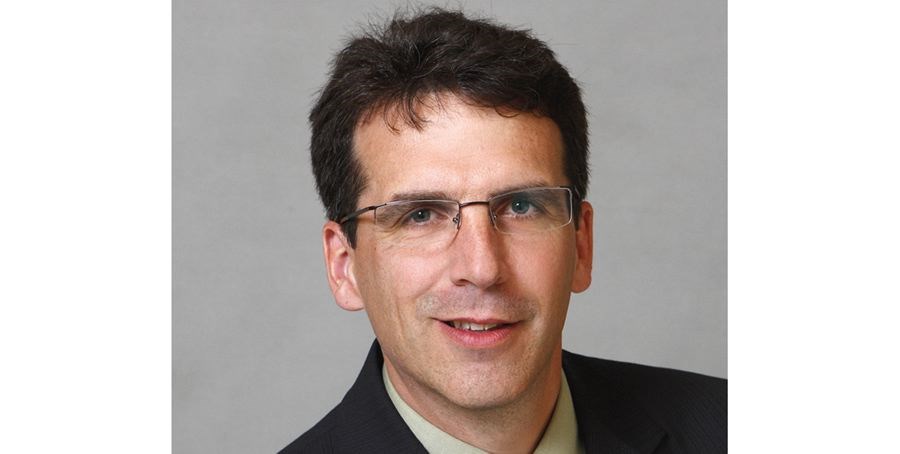It didn't take much to fascinate us little guys, so when the garbage truck came along, that was about the coolest thing in the world on a number of levels.
We followed, watching the two guys at the back of the truck, who got to ride standing on a step at the back end of the truck. No safety harness. No weather proof shield. Just two guys with work gloves, big biceps, and the oddly enviable task of grabbing the big metal garbage cans and shaking them upside down into the receptacle area at the back of the garbage truck.
The machine itself was a noisy, hulking, hungry mass of hydraulic magic. What little boy didn't love big scary machines that could eat a bag of alligators for a snack and still be hungry?
The pinnacle of power was in the compression function. Every ten or so houses the back end of the unit would be full enough for the workers to halt the routine for a few seconds and pull down the black lever on the right rear end of the truck.
Then, like the Iron Giant it was, its jaws would slowly chew shut, then the engine would rev higher. The mass of loose trash would be squished into a gumball of stinky calico junk. The jaws would the slowly reopen, and an empty mouth reappear. It had swallowed ten houses worth of other people's crap in like ten seconds.
Oh man, oh man. Garbage trucks and the dudes who ran them were the coolest.
Speaking of big machines that eat all our stuff, Canada's Finance Ministers reached an agreement in principal in June on proposed enhancements to the Canada Pension Plan (CPP) that are intended to improve the retirement security of Canadians.
Approval from the federal government and at least seven out of ten provinces representing two-thirds of the population of the 10 provinces is required to bring the changes into effect. At present, all provinces except Quebec have reached agreement in principle, which makes it likely that the proposals will move forward. Quebec continues to be part of the discussions.
What are the changes?
The proposed changes would increase the income replacement provided by CPP from one quarter to one third of pensionable earnings. This means that, at maturity, a Canadian with $50,000 in constant pensionable earnings throughout their working life would receive a yearly CPP benefit of approximately $16,000 ($50,000/3) instead of the $12,000 ($50,000/4) they would currently receive, or $4,000 more per year.
The enhancements are expected to include a 14 per cent increase in the amount of income subject to CPP. The maximum earnings subject to CPP is projected to be equal to approximately $82,700 in 2025 (in 2016 maximum earnings subject to CPP is $54,900).
These changes will be implemented gradually over a seven-year period beginning Jan. 1, 2019 with full implementation expected by 2025. The phase-in will be done in two steps: in the first five years, contribution rate increases will be phased-in beginning Jan. 1, 2019; after that, in the following two years increases to the upper earnings limit will be phased-in.
Impact on employers, employees and self-employed individuals
The new agreement is expected to result in a gradual increase in the CPP contribution rate applied to "pensionable earnings" of one percentage point higher for employers and for employees (total increase of two percentage points higher) by 2023.
Pensionable earnings is equal to an employee's earnings up to the yearly maximum pensionable earnings (YMPE) less the year's basic exemption amount which is $3,500.
In 2016, employers' and employees' CPP contribution rate is 4.95 per cent, each applied to pensionable earnings, but this is to gradually increase to 5.95 per cent by 2023.
Self-employed individuals currently making both employer and employee contributions at a contribution rate of 9.9 per cent are expected to make contributions of 11.9 per cent, by 2023. The long phase-in period is intended to make it easier for employees and employers to adjust to the new increased contribution amounts.
In Step 2 of the phase-in period beginning in 2024, a separate contribution rate (expected to be four per cent each for employers and employees) will be implemented for earnings above the YMPE at that time up to an upper earnings limit.
Impact on retirees - enhanced CPP Benefits
Each year of contributing to the enhanced CPP will allow employees to accumulate partial additional benefits. It is projected that full enhanced CPP benefits will be available after approximately 40 years of making enhanced CPP contributions. However, partial benefits will be available sooner and will be based on years of contributions and the amount of contributions.
Individuals who are already receiving CPP benefits and those who will retire before implementation will not benefit from these changes.
For more information on the CPP enhancement proposals, visit Department of Finance Canada website at www.fin.gc.ca/fineng.asp.
The information in this article is not intended to provide legal or tax advice. To ensure that your own circumstances have been properly considered and that action is taken based on the latest information available, you should obtain professional advice from a qualified tax advisor.
Mark Ryan is an advisor with RBC Wealth Management, Dominion Securities (member CIPF) and can be reached at [email protected] or 250-960-4927.



